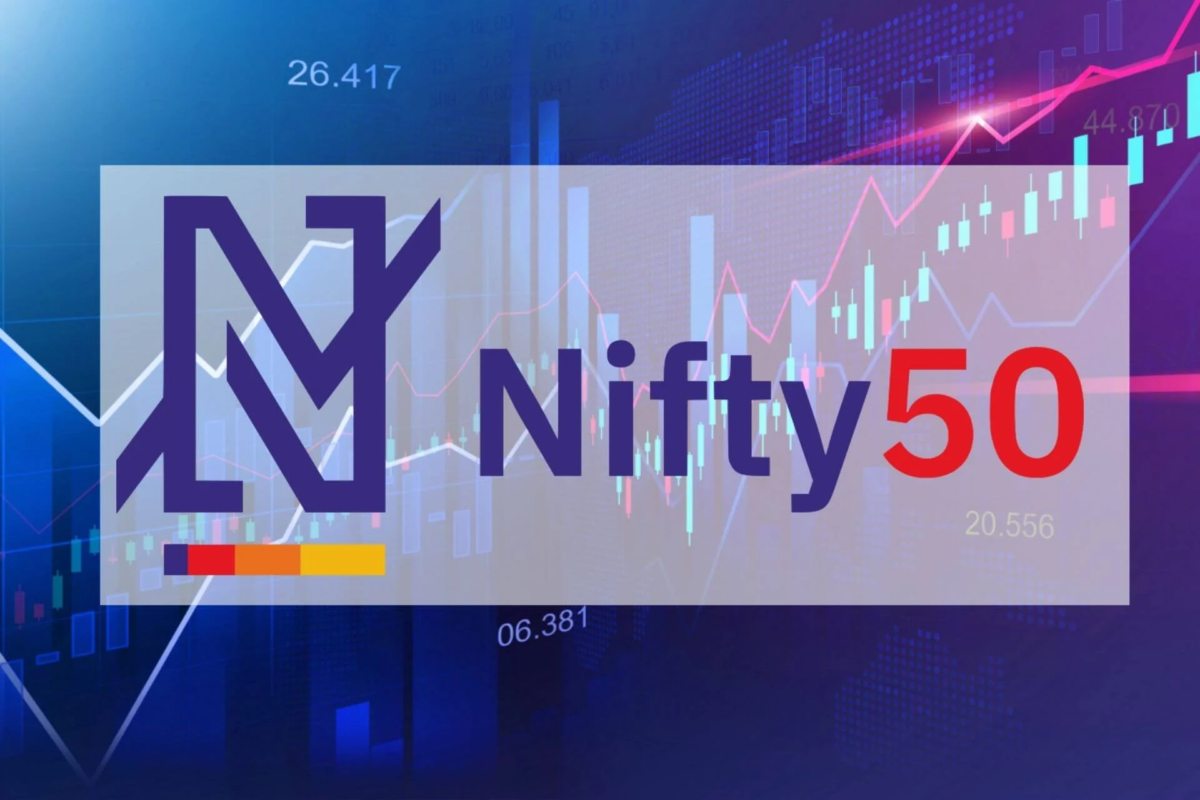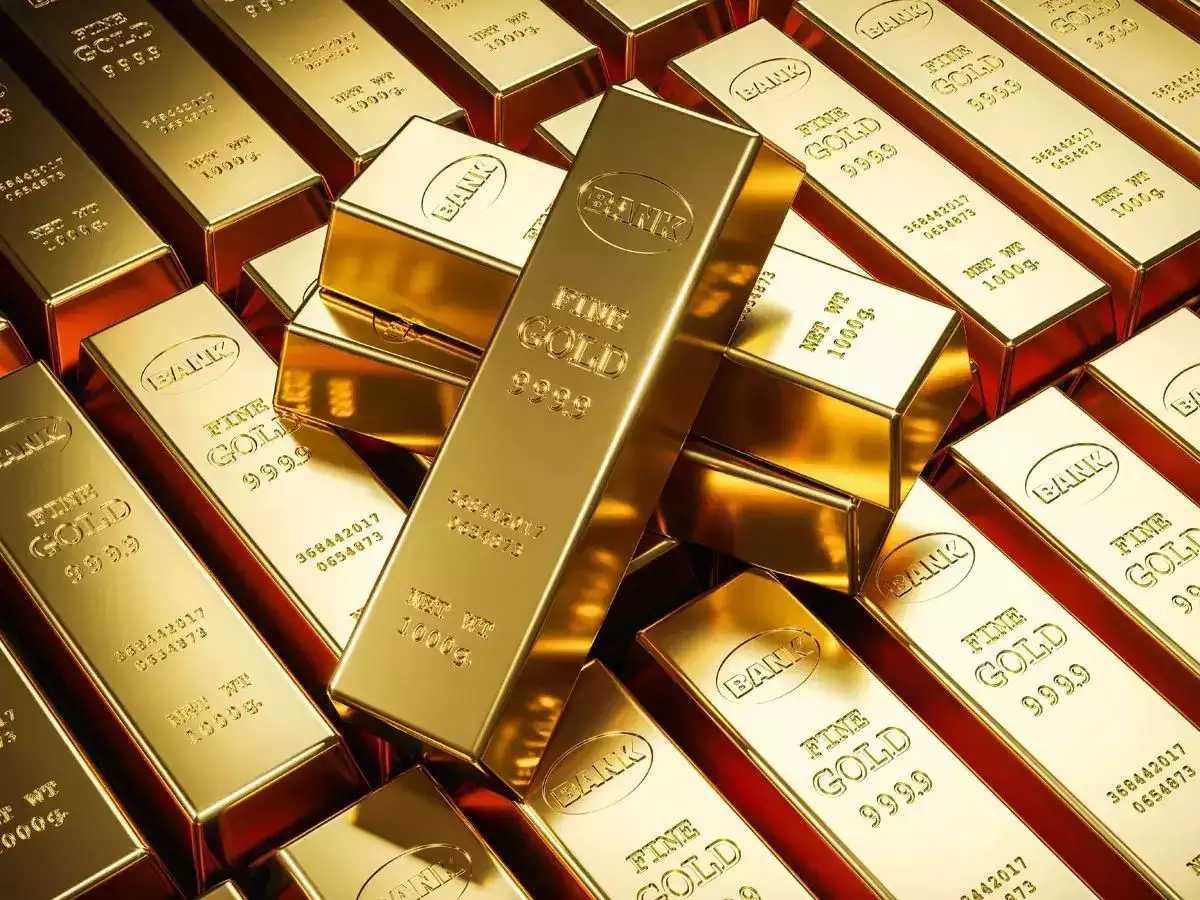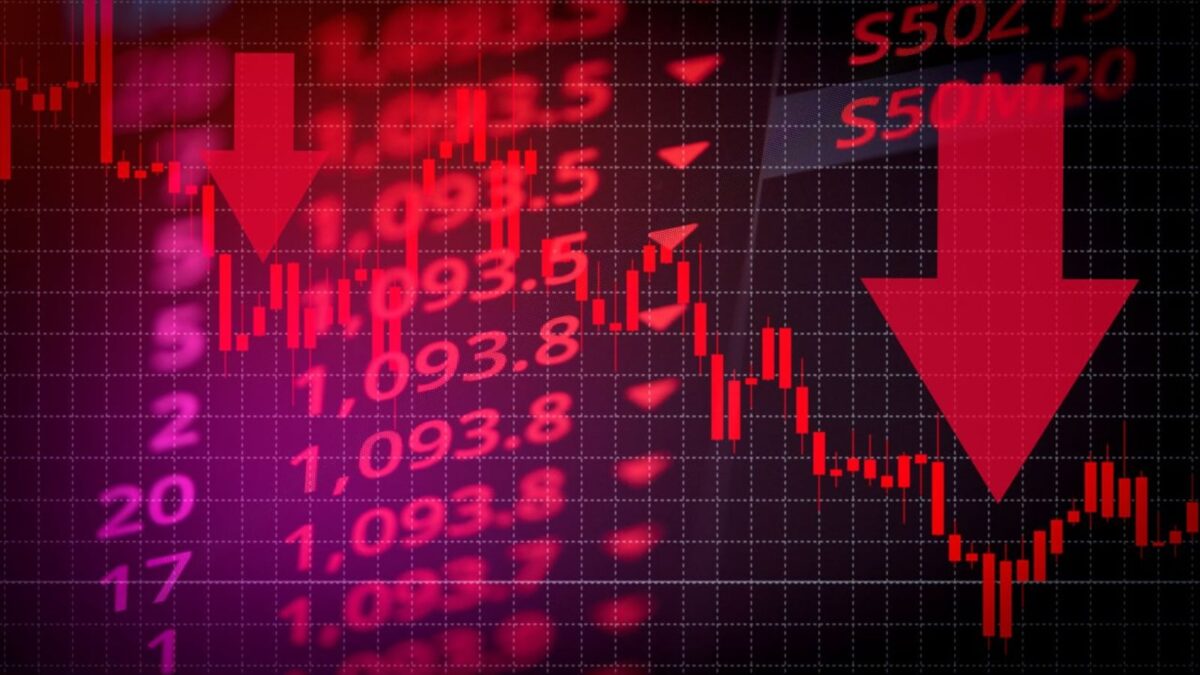It has been a volatile few weeks for global financial markets as they braced for tougher tariffs from the US president Donald Trump. JIM ROGERS, chairman of Rogers Holdings, tells Puneet Wadhwain a video interview that he has sold out from nearly every stock market across the globe. If the markets were to correct more in India and investors were depressed, worried and despondent, he would then probably buy Indian stocks. Edited excerpts:
How do you evaluate Donald Trump’s presidency thus far and its impact on the global financial markets? Do you expect him to follow through on his tariff threats, or are they just a scare tactic?
The situation with Mr. Trump is difficult to evaluate because he himself does not know what he wants. He changes his opinions every day and every week. We know what he has said and done in the past, so we have some idea of what he can/cannot do.
My evaluation of Donald Trump is that he will do whatever he thinks is good for that day, or that week. Some of the things that he says and does are good for the US, while some are not. He said he will remove some of the restrictions and regulations, which I hope he will. He will also open up trade, and restrict it with people he does not like.
I think that the world and the US will have a complicated future because Mr. Trump does not know what he wants. Donald Trump’s views are always changing, and that’s complicated.
So in essence, you think he is good for the US and bad for the global financial markets?
Donald Trump was elected after a long period of bad (stock) market in the US. Now, the markets are relatively better as there has been a change of guard. It has been the longest period in American history without a problem. I think we will have a lot of problems soon. It does not matter who causes these problems – whether it is Donald Trump or someone else. That said, Washington seems to be open to places like India as they see a lot of change happening there. If I am right, these changes will be good for India and the US both.
How do you see global markets shaping up in the next one year? What’s your view on India?
I have already sold all my American shares, but I have not started selling short there yet. That’s because things are not crazy there as yet for me to go short on the US markets. The whole world, including the US, is overdue for problems. That’s because nearly all stock markets around the globe have done well recently.
For instance, look at India. I had invested in India many times in my life. However, this is the first time in my life that I believe the central dispensation (government) in New Delhi understands the Indian economy, and what all needs to be done. I am more optimistic about India than before. For the first time in my life, I am actually enthusiastic about India.
Which other equity markets across the globe appear attractive to you? Where all have you been investing?
I do not like to buy markets that are making all-time highs. As a rule, if the markets are correcting and investor are not worried, I do not buy. So, if the markets were to correct in India and investors are depressed, worried and despondent, I would probably buy Indian stocks. I have sold out from nearly every stock market in the world, except China and Uzbekistan. I sold Japanese shares too soon, but that was my strategy. I own Chinese shares mainly because they have not seen a vibrant recovery post the Covid pandemic. They are trying to change and make things better.
Why are you not buying India after the sharp correction seen in the last few months?
I am not buying Indian stocks now. The Indian stock markets are overreacting to global developments, especially related to Donald Trump. That said, if the Indian markets go down more from here on, I hope I can buy stocks there again. I need for the Indian stock markets to go down more before I start buying.
The Indian stock markets made all-time highs in 2024. I now need to see a serious decline and despair in the Indian markets before I start buying. When people get despondent and desperate about Indian markets is when I would like to buy stocks there again.
Do you see more upside in gold prices? What about crude oil?
I own gold, but not adding to my position right now. That said, I am interested in silver and will buy more this week. I also own crude oil, but not adding more of it to my portfolio just yet.
Top-notch SEBI registered research analyst
Best SEBI registered Intraday tips provider
Telegram | Facebook | Instagram
Call: +91 9624421555 / +91 9624461555





